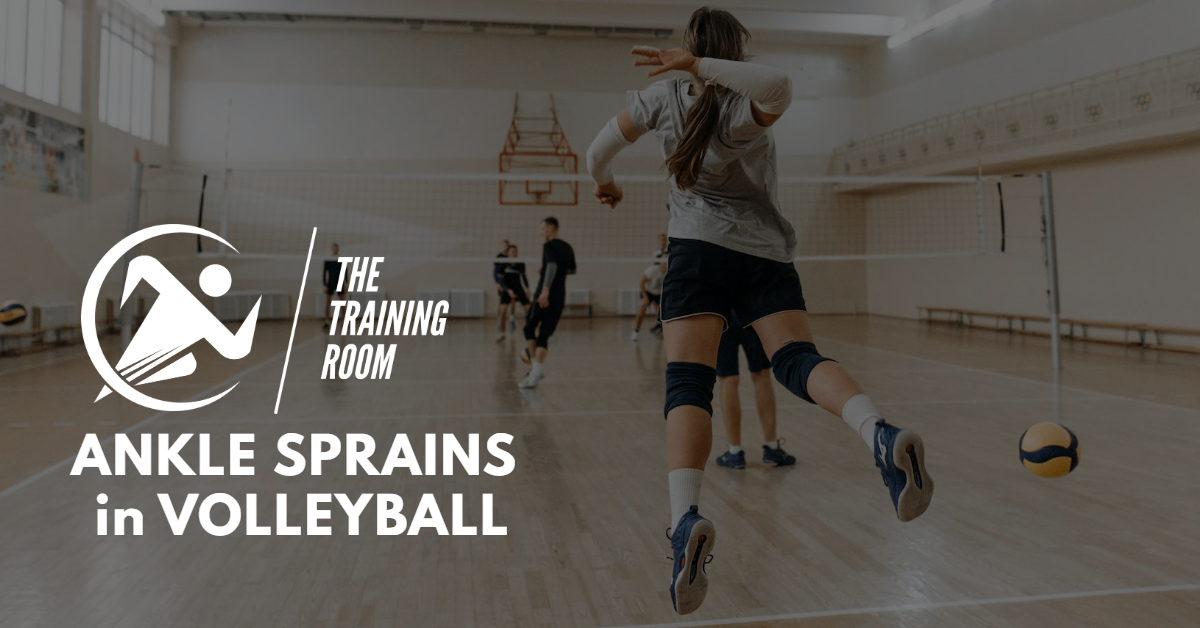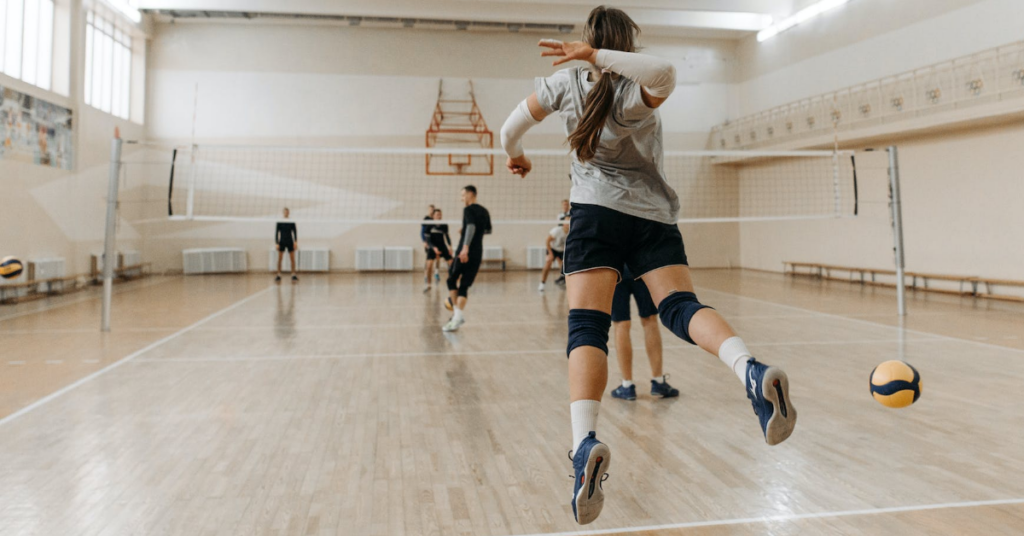
Volleyball is one of the most popular sports for all ages and is played by approximately 200 million athletes worldwide. Injuries are bound to happen in every sport but in volleyball the most common type of injury that occurs is ankle sprains-accounting for 44% of all volleyball related injury. Volleyball involves rapid and forceful movements both horizontally and vertically by each individual player. Even though it may be a relatively non-contact game the ankles are at a high risk for getting hurt in Volleyball because the sport requires physically demanding movements such as repeated jumping, landing, and pivoting/cutting. Fortunately, there are many things that can be done with the help of a Physical Therapist to prevent or treat a sprain once it occurs.
What is an ankle sprain?
- Stretching or tearing of ligaments (connect bones together for stability) that occurs when the ankle inverts or “rolls outward” when landing or stepping wrong
- Majority of ankle sprains roll out resulting in injury to the outside of the ankle but it is possible to do the opposite as well
- Most common ligaments injured are towards the outside of the ankle: calcaneofibular, talofibular, anterior tibiofibular (see diagram below)
- There are three degrees of ankle sprains (1st degree-mild and heals fastest, 2nd degree-moderate injury and tearing, 3rd degree-severe and complete tear of ligaments)
Common Signs and Symptoms:
- pain and swelling near the outside of the foot/ankle
- mild bruising
- sensitivity to touch
- difficulty putting weight initially or going up/down stairs
- loss of movement/strength initially in the foot and ankle
Risk factors that increase potential for injury:
- 61% of all ankle sprains occur at the front row/net zone with majority during contact with team mate or opponent while landing on their foot during spiking/blocking
- other non-contact injuries occur with landing or stepping wrong after jumping or reaching
- history of a previous ankle sprain (especially during the first year after initial injury)
- decreased ankle dorsiflexion (range of motion needed for proper landing)
- improper footwear (foot too loose or tight within the shoe or higher heel)
What to do?
Great news is 80% of volleyball ankle sprains are minor and tend to improve on their own within a week! More moderate-severe injuries can result in 10+ days lost of practice and performance. You may have heard of R.I.C.E. (rest, ice, compression, elevation) which used to have its place but is no longer an effective way to treat ankle sprains.
What we now know is (unless there is a severe injury such as a fracture or complete rupture of the ligaments that requires more extensive imaging and care), complete rest and icing can delay healing of the injury. We want to modify the movement versus completely eliminating it. Ice is fine for temporary pain relief after the first few days if there is significant swelling, but once is subsides it is no longer recommended and heat may actually be beneficial to promote blood flow to the area. Compression with ankle braces/ace wraps is okay if it allows the ankle to feel stable while walking/playing sports. And, elevation or unweighting the ankle is fine to do unloaded exercises but is not necessary long term.
Physical Therapy can help with relieving pain, reducing swelling, improving range of motion in the first few days/week after an injury as well as long term for full return to Volleyball. The initial rehabilitation focus will be on soft tissue and joint mobilization as well as unloaded exercises if the pain levels are higher to help promote range of motion of the ankle.
Programming will progress to loading/standing exercises that challenge hip and lower leg strength, balance, and proprioception. Proprioception exercises are important because these
allow you to know where your foot/ankle are relative to your body in space and be able to react during high intensity situations.
The end of Physical Therapy will move on to more advanced, specific jumping and landing training that mimic what is required in volleyball. Throughout this entire time the Physical Therapist is assessing performance of the athlete to make sure they are meeting markers to move on to the next appropriate phase of rehab for safe return to play without hindering their performance.

About the Author

